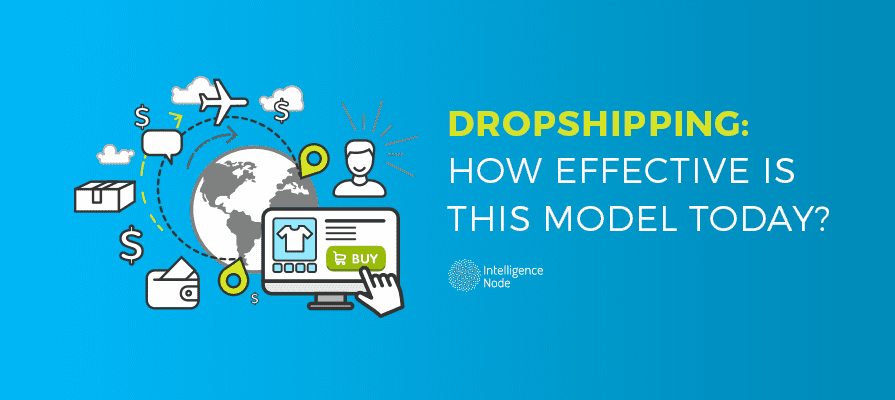Throughout the retail space, so many trends come and go that sometimes it’s difficult to know what methods are effective and which ones are simply dead ends. In fact, one of the most heavily debated ways in which a business can deliver its products to consumers remains to be dropshipping.
The practice is best defined as “an arrangement between a business and the manufacturer or distributor of a product the business wishes to sell in which the manufacturer or distributor — and not the business — ships the product to the business’s customers.” But is dropshipping effective enough to warrant serious consideration by businesses? To find out, let’s investigate the benefits and drawbacks of the process.
What Works
- No startup capital required: Want to get your business rolling but don’t have the funding necessary to invest a lot of money upfront? Then dropshipping might be a good way to go. Unlike the traditional retail model, dropshipping allows you to offer a wide variety of products with minimal overhead. You don’t have to stock up on inventory first and can simply transition right into getting products to your customers fast.
- Simpler process across the board: Without having to juggle inventory, you no longer need to deal with packing or shipping the very same products either. That means your team can focus on other matters, allowing you to essentially outsource to your dropshipping partner. Perhaps this freedom will give you the chance to focus on growing your business and building out other aspects of your operation.
- Expansion at your fingertips: For businesses that will be looking to rapidly expand product offerings, dropshipping is an excellent course of action. As stated above, no inventory — the key feature of dropshipping, to be sure — means that you can adjust your products with ease. Test out new products and eliminate others little by little. It’s all up to you, and with dropshipping, you can change it on short notice.
What Doesn’t Work
- More oversight needed: As much as “no in-house inventory” may sound appealing, be careful to consider all the added pressure of managing the logistics involved in the process. More than likely, your supplier will operate out of multiple warehouses, and with so much going on outside of your control, it’s a very real possibility that the customers will ultimately suffer as a result. For instance, you will have no control over the packaging of the products you offer and could wind up creating a bland, homogenized experience for customers.
- Easy to start: Although the lack of inventory (notice a theme here?) makes it easy for your business to begin dropshipping as soon as possible, that also means that any number of other businesses could be selling the very same products. Forget about maintaining distinction among your competitors. It’s going to be an uphill battle to set yourself apart, even more so than it otherwise would have been. So if you do go the dropshipping route, try and figure out alternative ways to enhance what your business has to offer customers.
- Profit margins: Ultimately, it’s what the business world is all about, right? Securing that precious profit margin is key. Well, if you’re using dropshippers, you may discover just how difficult it is to compete with prices, especially if yours is a small, emerging business. By definition, dropshipping means your product already isn’t unique, and if you can’t offer superior prices, you might find yourself at a loss for a clear advantage over others in your industry. Be sure to come up with an alternative approach to add value.
Time to Start Dropshipping?
Hopefully, the above discussion has helped you understand the arguments for and against dropshipping in a bit more detail. Ultimately, it’s up to you to draw your own conclusions regarding whether or not this approach will benefit your business, since there are solid points on both sides of the equation.
Whatever you decide, we heartily recommend that you take the time to consider all possibilities before you move forward. Discuss with your colleagues, business associates and research heavily before committing to any new strategic partnerships. After all, there’s little point in investing time and resources into a new direction without having a clear idea what to expect first.





